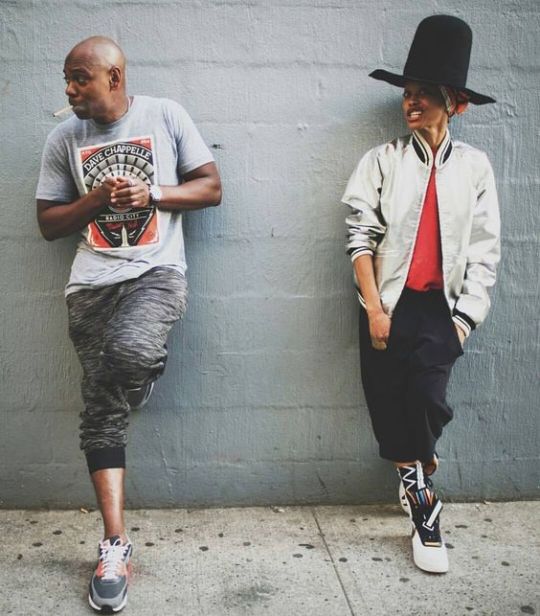


Mariah Carey ( Trace Magazine, June) Photographer: Nicolas HidiroglouĬarey’s Trace moment was beneficial to both parties. Here are the stories behind 10 of the most impactful magazine covers of 1998. By 1998, Rolling Stone was pressed by the winds of culture to finally place luminaries such as Sean “Puffy” Combs, The Fugees and Will Smith on its covers. It was America’s second most read music-based book after rock warhorse Rolling Stone (1.2 million in circulation at its height, and with a robust twice-monthly schedule). VIBE, founded by Quincy Jones in 1993, ambitiously mixed hip-hop, fashion, film and politics and at its height had a circulation of nearly 700,000. Established men’s magazines such as GQ and Playboy found themselves in a crowded and competitive field that included lifestyle pubs Men’s Fitness, Men’s Journal and Maxim. At its peak, The Source, America’s longest-running rap imprint (launched in 1988), sold close to half a million copies per month, and XXL, which was launched in 1997, beat those numbers by 2005. These so-called “urban” books challenged legacy affinity mags and mainstream publications for readers, advertising dollars and talent. Before the internet ruled everything, magazines dictated culture as much as they covered it.Įbony and Essence were contending with fast-growing hip-hop magazines. Magazines pulled out all the stops.īuilding magazines was a meticulous and collaborative effort involving editors, writers, photographers, designers, advertising departments and, of course, the subjects themselves: musical artists, actors, athletes, models and political animals. Mariah Carey, after a troubled marriage, was free. That summer, hip-hop became the dominant youth movement.


 0 kommentar(er)
0 kommentar(er)
